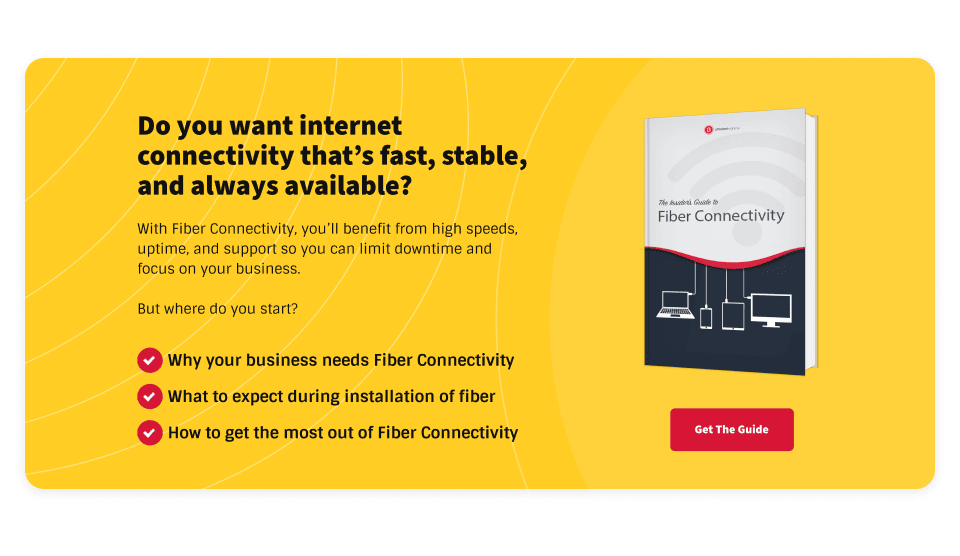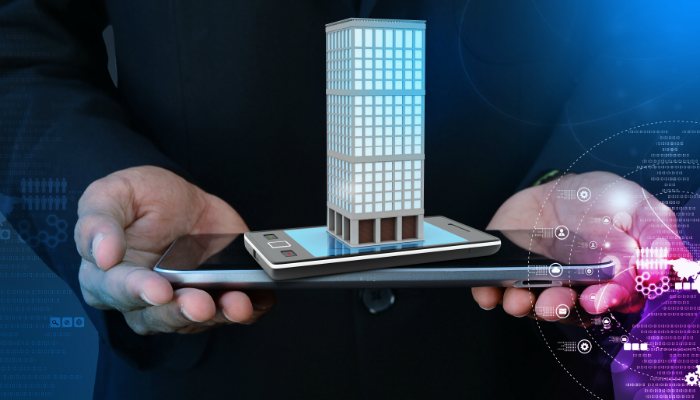Although fiber-optic service is a huge game-changer for landlords seeking to improve the value of commercial buildings, there’s a lot of outdated or misunderstood information circulating that may leave you confused about the true costs of installing fiber. We field questions all the time about how much it will cost to provide fiber-optic internet to new and existing buildings.
Unfortunately, there is no single answer that fits every situation, as the expenses involved with installing fiber are dependent on a number of factors. Indeed, each installation requires its own assessment to determine final costs.
That said, the contributing factors that will most significantly impact the bottom line are relatively straightforward and universally applicable. In this article, we'll talk about the eight factors that impact cost, so you can get a better idea of what it means for your buildings.
How Much Does Installing Fiber Optic Internet Cost?
Since every building is situated differently, has different surroundings, different neighbors, and different physical dynamics influencing access to fiber lines, how much you’d have to spend on installation will be determined according to the specifics of your location, building, and business needs.
8 Factors Impacting Fiber Optic Installation Prices:
1. How close is the nearest active fiber line?
Is fiber local or close to your office building? The single greatest determining factor – not only to how much installation costs, but also how difficult it is to accomplish – is whether the fiber network runs through or near your building.
[offer]
2. What kind of existing conduit does your building have?
Being able to take advantage of conduit that is already installed lowers the costs of adding new capacity to your building. If there is existing conduit, is there sufficient space in it to install fiber? If so, that makes installation substantially simpler, and thus, cheaper. Does the existing conduit already lead straight up into your building, or is it configured through twists and turns? The physical placement and route of fiber cable can have a major impact on the costs of its installation, and winding paths are trickier than straight cables.
3. What physical obstacles are in the way?
Do you have to cross a state highway to extend fiber into your site? The nature of the physical terrain that the fiber needs to traverse to reach your building becomes significant. If you have to cross a state highway to bring the nearest fiber to your building, overcoming that obstacle will significantly impact the overall costs. Special use areas such as historical sites can often cause a problem for bringing fiber directly to your building. If there are any of these sites nearby your location, they could potentially impact the costs of fiber installation, depending on the route fiber needs to take to your facility.
4. How many layers of bureaucracy are there?
Getting permits to bringing fiber into your building are an obstacle in themselves. If your locations involve multiple jurisdictions in the permitting process, or if your facility is located in a major city like Washington DC where construction is highly regulated, the difficulty of getting those permits goes up, impacting the cost of installation.
5. How much space is available in the telco closets?
When the fiber is brought to your building, do you have a telecommunications room with the necessary space for installation already available? If so, that will streamline your installation costs, and ensure connectivity continuity once the installation is complete. Similarly, are there telco closets accessible on your upper levels without interrupting tenants? As you may be gathering, every potential wrinkle in the process of installing fiber has the potential to make it more complicated, and everything that does in fact represent a hurdle has the potential to make the final charges more costly.
 6. Is there sufficient power for fiber technology?
6. Is there sufficient power for fiber technology?
How easily is sufficient power for fiber accessible from your telecommunications room? If there is ample power available, or if an emergency generator can be used to insure uptime of activated service, then you will save in fees that would require the introduction of additional power capabilities.
7. How many different paths to the building can the fiber cable take?
Ideally, fiber is brought into a building through two separate entrances. Much like a emergency fire exit, a secondary entrance mitigates potential outages if the primary fiber circuit is cut. While this is a rare occurrence, installing through two entrance points removes risk, and adds a layer of reliability to your network.
8. How vast is the footprint and floor area of your facility?
Simply put, how large is the building? Or rather, how large is the area that will be networked with this fiber connection?
The Factors That Will Influence Your Installation Bill
If concerns about the cost of installing fiber internet are holding you back, please don’t hesitate to contact Atlantech for a free consultation. We’ll be happy to assess your specific location and provide you with a quote that considers all of the above factors – and that clarifies any and all factors that contribute to the bottom line.
The experts at Atlantech Online are here to help the installation process go as smooth and seamless as possible. We'll do the heavy lifting so you can concentrate on your own work.


